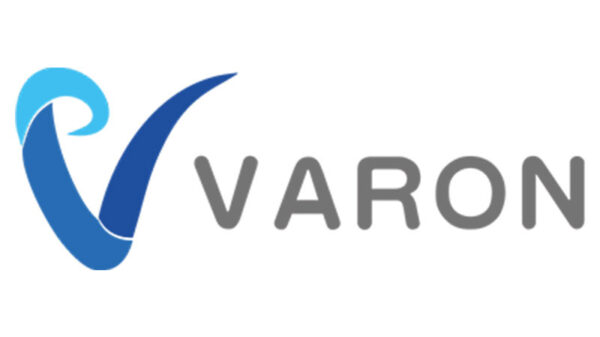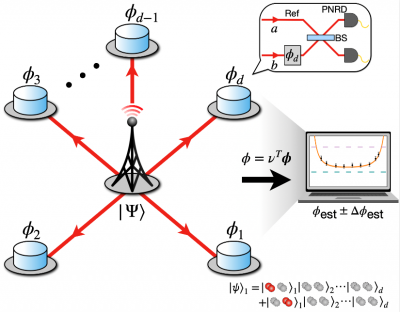Dr. Hyang-Tag Lim and his research team at the Korea Institute of Science and Technology (KIST) have achieved a significant milestone in quantum technology by developing the world’s first ultra-high-resolution distributed quantum sensor network. This innovative system employs a special quantum-entangled state known as the multi-mode N00N state, which enhances both precision and resolution in sensor measurements.
The advancement represents a notable leap in the field of quantum sensing, providing capabilities that could transform various applications in scientific research and industry. By utilizing entangled light, the KIST team demonstrates how distributed sensors can function collaboratively to achieve unprecedented accuracy in measurements.
Breakthrough in Quantum Sensing Technology
The research conducted at KIST showcases the potential of quantum technologies in improving the sensitivity of measurements. Traditional sensors often face limitations in precision and resolution, which can hinder advancements in fields such as metrology, telecommunications, and environmental monitoring. The introduction of the multi-mode N00N state into a distributed sensor network allows for simultaneous enhancement of these critical parameters.
Dr. Lim emphasized the importance of this breakthrough, stating, “Our approach leverages the unique properties of quantum entanglement to enable a level of measurement precision that surpasses classical capabilities.” This achievement could pave the way for new methodologies in sensing technology, fostering innovations across multiple sectors.
Potential Applications and Future Impact
The implications of this technology extend far beyond theoretical research. Potential applications include improving navigation systems, enhancing medical imaging techniques, and advancing the capabilities of telecommunications networks. As industries increasingly rely on precise measurements for effective operation, the introduction of KIST’s quantum sensor network stands to make a significant impact.
The research team plans to further develop and refine their technology, aiming to commercialize the quantum sensor network in the near future. This innovation could not only contribute to scientific advancement but also stimulate economic growth within the quantum technology sector in South Korea and beyond.
As the world moves toward more integrated and data-driven methodologies, breakthroughs like those achieved by Dr. Lim’s team at KIST highlight the transformative potential of quantum technologies. The future of sensing technology appears brighter than ever, with the promise of enhanced accuracy and resolution driving new discoveries and applications.



































































